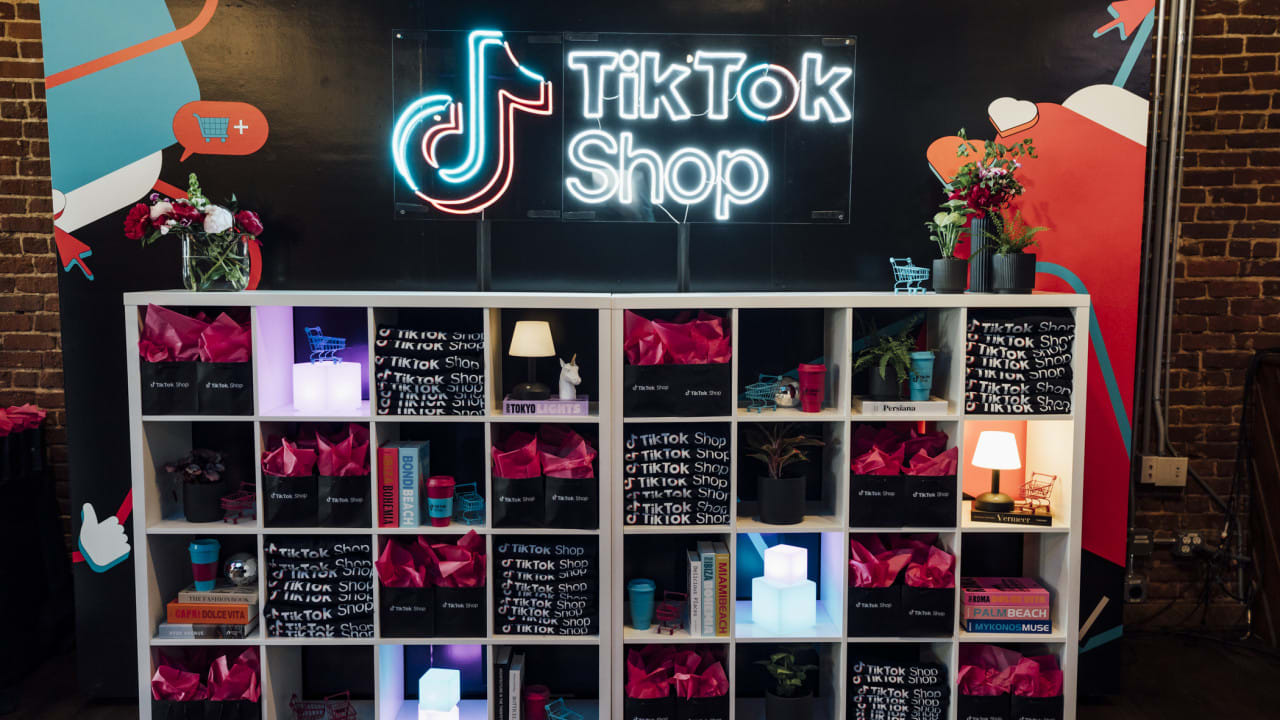Top tips for pitching post-pandemic

The perfect pitch is every event planner's dream. But in the aftermath of the pandemic, there are now several added layers of complexity to the art of selling yourself and your business.
“Until recently, the RFP process had been largely the same over many years; clients asking loads of company and capabilities questions, looking carefully at individual rates and total budgets, being very specific about services and scopes needed, and trying to assess providers as apple-to-apple as possible,” says Kurt Miller, SVP Strategy & Planning at George P. Johnson.
“It feels, however, that many new requests are opening the aperture on a number of fronts; more programmatic and cross-channel thinking in terms of ideas and service delivery, deeper understanding of agency social responsibility and core values, a resurgence in sustainability and the environment as we re-emerge into physical experiences, and a general desire to go ‘wider’ in terms of approaches, services and capabilities. This, of course, includes a combination of physical and digital delivery, working together in new and innovative ways.”
Andrew Rae, Founder of Another Way, which was launched mid-pandemic, says that it’s less about a change in what is being asked and more about shifting priorities. “Effectiveness is certainly highlighted more as the dominant requirement. Perhaps this is because budgets are tighter, clients are testing the water as we begin to return to normality or that clients have a more crystallised vision of what they want and the briefs are more focussed.
“Whatever the root cause, the desire to be more impactful in the activity is actually a welcome result.”
There are also a ton of new logistical and contractual requirements to navigate, says Joe O’Connell, Founder of Black Book. “Clients are asking mainly for hotel COVID policies, rooms with extra space for social distancing, and rooms with windows to circulate air. Cancellations are a decision-making factor nowadays so that they can see there is flexibility should another pandemic hit us.”
Here are some top tips for pitching for work this year…
Demonstrate value for money
When working with a compressed budget, there is still a demand to prove value for money, perhaps more so than ever. Proving the impact and longevity of an event is key here.
“The client absolutely needs to set themselves apart in this climate and that is why your response has to be impactful,” says Rae. “This doesn’t necessarily mean crazy ideas or budget-busting concepts, but have they been thoroughly considered with the user in mind? How many brand touchpoints are there throughout the experience, and is the aim of the activity clear and relevant? And with clients expecting ‘more for their money’, how is your activity living beyond the initial activation?”
In addition, thinking about the number of roles and hours needed for a project or task, and adding specialities and focussed capabilities as and when they are needed.
“We must be really smart about the roles and number of hours it takes to complete program tasks, and look at projects with much more of a 'sprint’ than ‘marathon’ perspective. This dedication to efficiency really has always been the case, but it’s become accentuated in a climate where client-side budgets are faced with wholesale cuts, and the pressure to be much more efficient is passed on to everyone in the value chain,” says Miller.
He goes on to suggest using the opportunity to get clients to think about brand, messaging, narrative, expertise, platforms, metrics and more to help pool expertise across an organisation. “Sometimes, clients are buried in their particular single areas of delivery, and we’re able to help them identify smarter use of resources and expertise across silos that are effective at strengthening their offerings, while saving valuable time and money along the way.”
This creation of legacy, is an integral part of an agency’s value proposition agrees Rae. “What pre and post-activation comms have we got, is there opportunity for User Generated Content and will the activity be remembered for the right reasons? If you can prove that your activation is impactful and will live-on past the activity, you are absolutely proving you are value for money.”
At pitch stage, there’s also strength in differentiating your offering, says O’Connell. “We like to show our clients where we as an agency add value through the different concessions we are able to offer compared to other agencies.”
Build relationships with procurement
Procurement sometimes gets a ‘bad rap’ from creative-focused providers for only being concerned with numbers and saving money. As though they are ‘only’ about numbers and cutting costs. The reality is that their role is critical for efficiency, fairness and maximising value.
“I believe procurement professionals really appreciate trust and transparency across the board from their suppliers. I truly believe that a supplier that builds and demonstrates trust and transparency with procurement, leads ultimately to the delivery of services and programs that are optimised, maximised, and have the potential to grow incrementally over time,” says Miller.
The old adage of procurement only being interested in cost cutting or the cheapest solution is outdated, agrees Rae. “I’ve worked with CIPS (Chartered Institute of Procurement & Supply) over the years to construct a better working relationship on an industry-level and have a good understanding of their challenges.”
Procurement should be recognised as an extension of the creative concept and pitch process and not an unfortunate add-on at the last stage, he adds. “Being treated as such has always helped us navigate the pitch process.”
Being inclusive and open with procurement in the early pitch stages is a valuable tactic, says O’Connell. “We work with a lot of procurement teams and the thing we offer here is transparency - it's something we pride ourselves on.”
On a more practical level, email is overused and can lead to miscommunication, says Rae. “We make sure that phone calls and personal communication are the first port of call to establish the best working relationship, you’d be surprised how much they can help too!”
Ultimately, procurement teams want to do business with dependable, ethical, and efficient suppliers, and it’s up to agencies to earn their trust over time, concludes Miller.
Be prepared to pitch virtually
Most event professionals operate best in a face-to-face environment, so having to pitch digitally can be nerve-wracking. “I personally am not a fan. It's really hard to measure engagement from the client, things are so much easier face-to-face where you can pick up on a vibe through eye contact, body language and the odd laugh,” says O’Connell.
It can be harder to pitch virtually, especially in front of large teams, because of the difficulty in 'seeing the room’ when the room is video windows, often only visible a few at a time, agrees Miller. There can be issues around getting distracted by multiple tabs, windows and apps, but also a temptation to focus on only one or two people in a group, because it’s hard to see multiple people and present a deck at the same time.
He offers a few tips: “First, close as many of the digital distractions as possible, and dedicate your attention to the presentation. Second, take the time to break up your ‘chunks’ of thoughts and ideas to gauge whether the client team is following or comprehending. Invite them to ask a question or make a comment. Too often, we are tempted to ‘get it all out’ – on material that we’ve been building for days or weeks – and we need to stop and consider whether someone hearing it for the first time is understanding the essence or intent.
“Third, and this is for the whole of your job not just pitching, practice client-focused empathy and understanding as a matter of course. Make those connections, even in subtle and quick ways, that would normally take place over a more prolonged period of time face-to-face, so your virtual audience knows you care about what you’re pitching as well as those who may benefit from the ideas.”
Miller also recommends sending food, drinks, or a gift that helps them to remember your team and its effort, budget allowing. “A little gesture can mean a lot to a client, especially when you’re not able to meet in-person.”
Some agencies, such as Another Way, have been fortunate enough to mostly avoid the virtual pitch. Rae offers advice around tissue sessions and concept reviews: “Like any face-to-face, preparation is key. We work by an old military saying of ‘time spent in reconnaissance is seldom wasted’ and knowing who is on the call, their roles and stake in the concept and being concise and clear in your management of the session is a strong place to start.”
Know your unique offering and strengths
With so many agencies out there, and a huge focus on the value of their people, it’s important to offer clients other tangible benefits of working with you. For Rae, his start-up concept is his biggest selling point. “The power of the start-up is that they are nimble and unencumbered by other factors such as propping up underperforming departments, but have the expertise and experience of bigger players.”
Smaller agencies also often have increased agility. “Our price point is also more competitive and we can be more flexible in order to win business.”
There’s a lot to be said about defining your offering based around the unique hardships and challenges you’ve weathered, and what has emerged from them, says Miller. “I believe some of our greatest new wins have resulted from clients seeing how we took the challenges of the pandemic head-on, and have turned them into inventive and resourceful successes. Being able to tell these kinds of stories and show results builds confidence and interest with new clients, and makes them want to create similar experiences for their own teams and audiences.”
Do your industry research
Aside from cultivating a social media presence, driving website traffic, entering industry awards, and attending events, staying up-to-date with current happenings is key.
“I’d highly recommend agency leaders carefully follow all the company and role changes going on in the industry right now. Following trusted coaches, mentors, and proven client relationships as they move to new roles and employers, will inevitably result in new business opportunity and conversion,” says Miller.
Rae advises ‘Head Up Thinking’, rather than getting bogged down by the day-to-day management of your business. “Taking time to look up and perhaps spend some quality time investigating an area of business a bit alien to you would reap some rewards. Look at what sectors the majority of your safe clients are in, then consider dedicating some resource at exploring a completely different sector and seeing what that throws up.”
There’s no shame in using your network for introductions and posing questions to potential partners. “People genuinely like to be asked for their advice. Do they see an opportunity there, what do they think would be a key driver for their contacts' business needs and could you set up an introduction?”
As the old saying goes, don’t ask, don’t get.


 play_arrow
play_arrow
